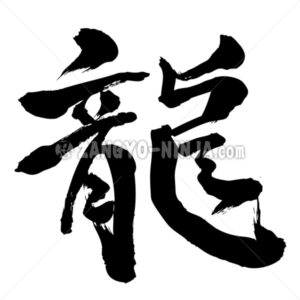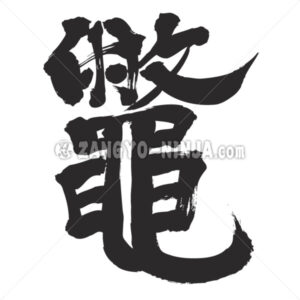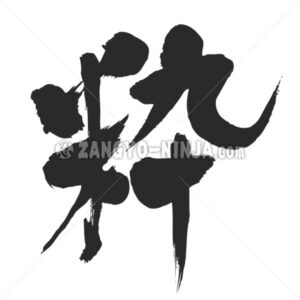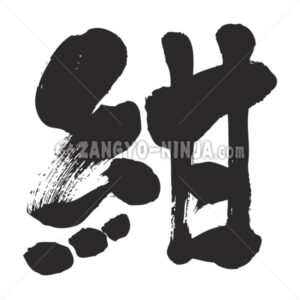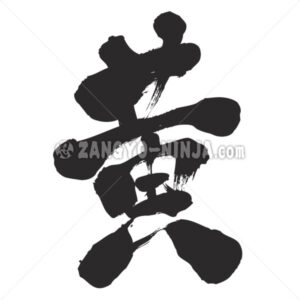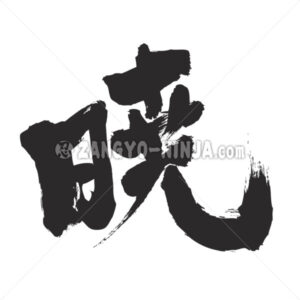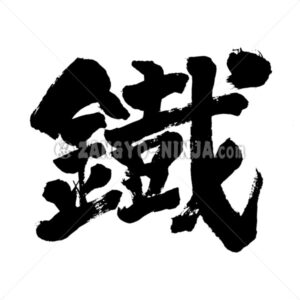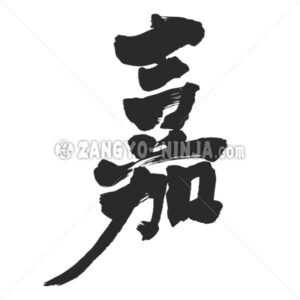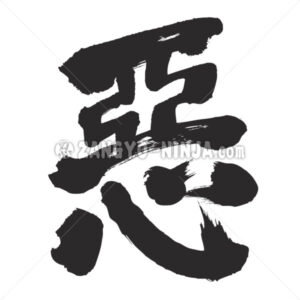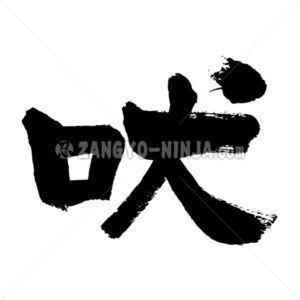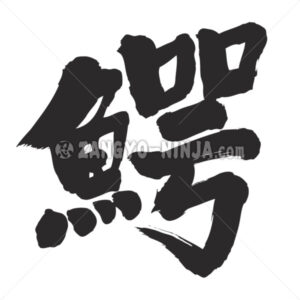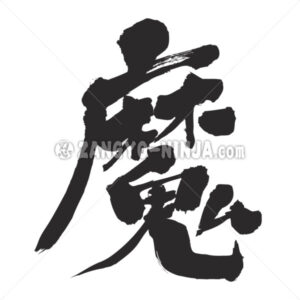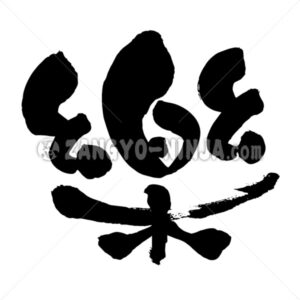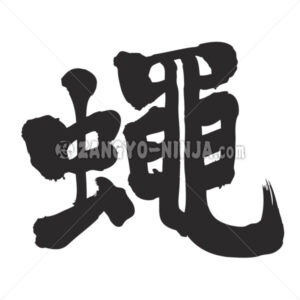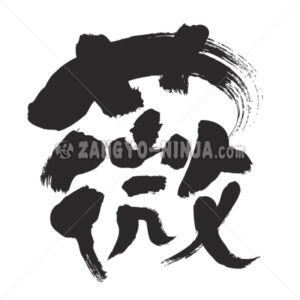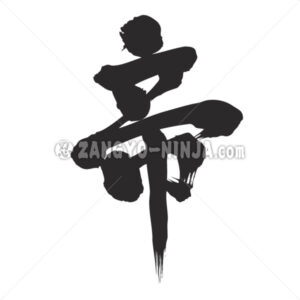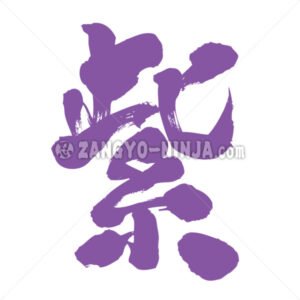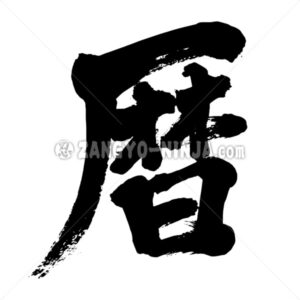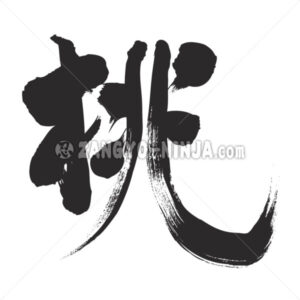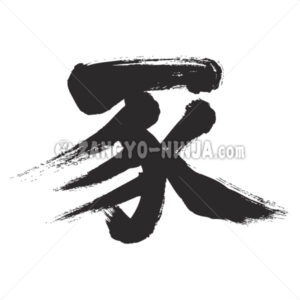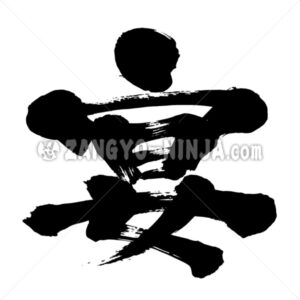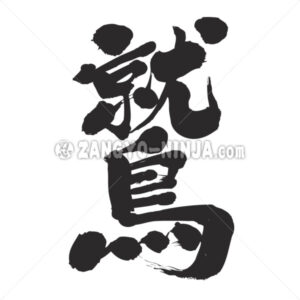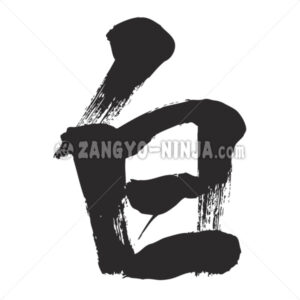
1. The name of the color. A color that can be felt when all rays of the sun are reflected. Snowy color. 2. There is nothing written in it. Also, nothing printed on it. Blank. 3. It is recognized that there is no crime fact. Also that person. innocence. Not guilty. Japan call “Shiro” … Read More
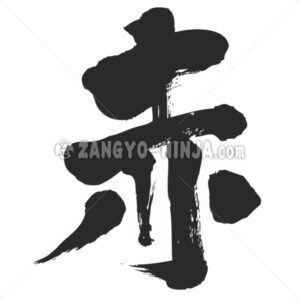
1. Fresh bloody color with one of the three primary colors. In addition, it is a generic term such as crimson, amber, tea, pink color belonging to the lineage. 2. Proofreading and correction letters and symbols. 3. Communism. Red as a symbol of communism. 4. There is no harm. Japan call “Aka”.

1. Be strong. Also, something strong. 2. For nouns representing quantities, etc., it represents that the numbers are rounded off. Japanese says “Kyo”, “Tsuyo”.
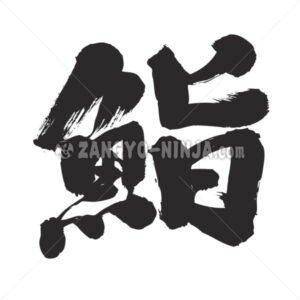
Fish seasoned with vinegar and salt mixed with fish meat and vegetables. Also, vinegared rice is served with fish and shellfish meat and other ingredients. There are many varieties.
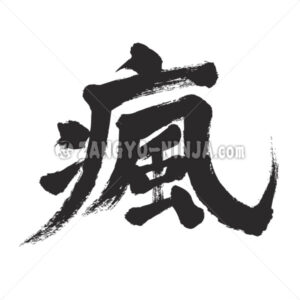
Pain in head. It appears as a symptom of various diseases. Turn, worry. Heartache. Japanese calls Fu or Tsu as old style.

1.A legendary creature, usually depicted as long and snake-like, with many claws, common in several East Asian cultures. 2.A large snake-like monster with the eyes of a hare, the horns of a stag, and the claws of a tiger; known for its benevolent behavior in ancient Oriental mythology. Also, the nickname for China in … Read More
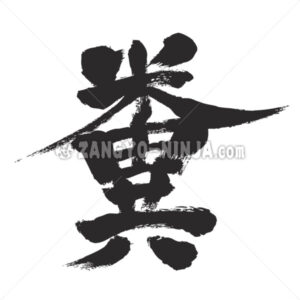
stool,dung,dropping,droppings,feces, excrement. a stupid foolish person. obscene terms for feces. fecal matter of animals. Japanese says Kuso, Fun, Baba.
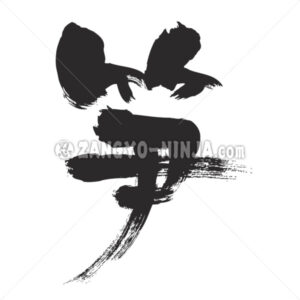
A young bud from the rhizome of bamboo in early summer. Several times it is covered with leather, growing grows in a few days while leaving the skin off. It is edible while it is soft. Japanese says Takenoko.
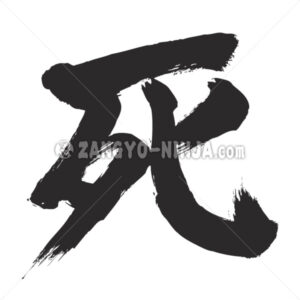
1. the event of dying or departure from life. 2. the personification of death. 3. the permanent end of all life functions in an organism or part of an organism. 4. the time at which life ends. japanese says Shi.


